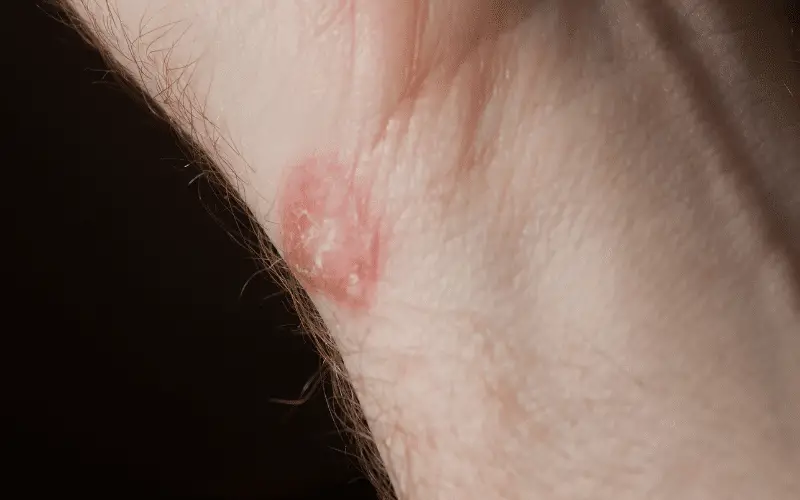Introduction: What is Ringworm?
Ringworm, also known as tinea corporis, is a common fungal infection that affects the skin. Despite its name, it is not caused by a worm, but rather a group of fungi called dermatophytes. These fungi thrive on warm, moist areas of the body, and can lead to red, itchy, and sometimes painful rashes. Understanding the symptoms of ringworm is crucial for proper identification and treatment. In this article, we’ll explore the 13 key symptoms of ringworm in humans, providing the information you need to recognize and manage this skin condition.
A Closer Look at Tinea Corporis
Tinea corporis is just one type of ringworm infection. Other types of ringworm infections include tinea pedis (athlete’s foot), tinea cruris (jock itch), and tinea capitis (scalp ringworm). These infections are caused by the same group of fungi but affect different parts of the body. Dermatophytes are highly contagious and can spread through direct contact with an infected person, contaminated surfaces, or even pets.
Now that we have a basic understanding of ringworm, let’s delve into the 13 key symptoms to watch out for.
1. Circular Rash with Clear Center: The Classic Sign of Ringworm

The most recognizable symptom of ringworm is a circular rash with a clear center. This rash often appears red, scaly, and slightly raised, resembling a ring. The clear center of the rash is typically free of scales and may appear healthy.
It is essential to understand that the appearance of the rash may vary from person to person. Factors such as the individual’s skin tone, the severity of the infection, and the specific dermatophyte involved can all influence the rash’s appearance. However, the circular shape with a clear center remains a common feature.
The size of the rash can also vary, with some rashes being as small as a dime, while others may grow much larger. In some cases, multiple ring-like rashes can appear near one another, creating a pattern that resembles a “bull’s-eye.” These larger rashes may be particularly uncomfortable and itchy.
As the rash progresses, it may become more inflamed and irritated. It is crucial to avoid scratching the affected area, as this can worsen the infection and potentially lead to secondary bacterial infections. Proper treatment is necessary to prevent the spread of the infection and promote healing. (1)